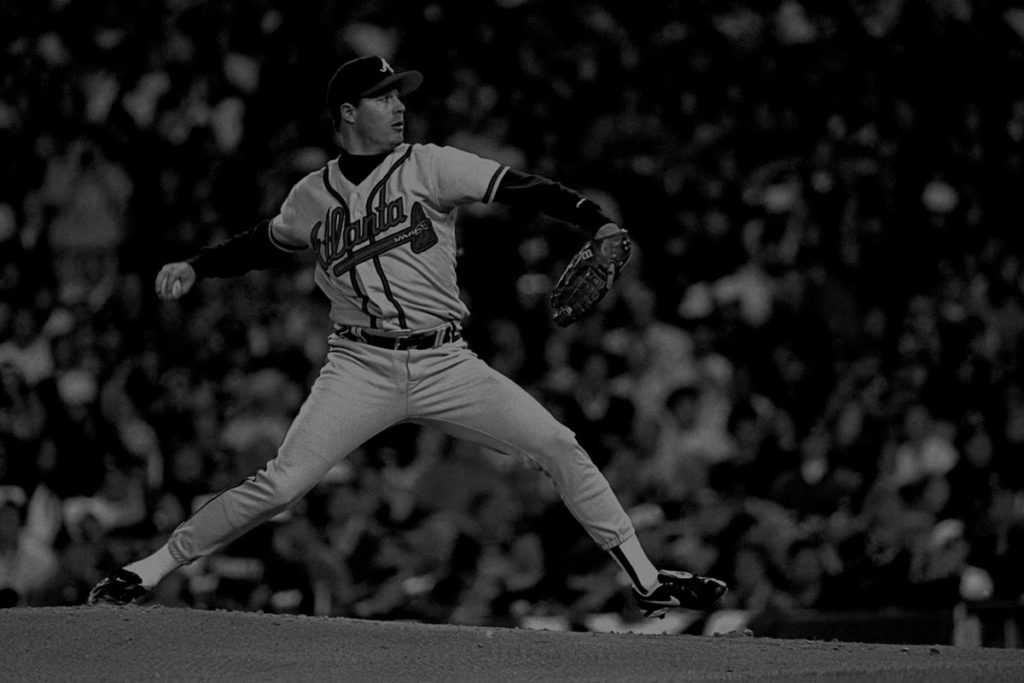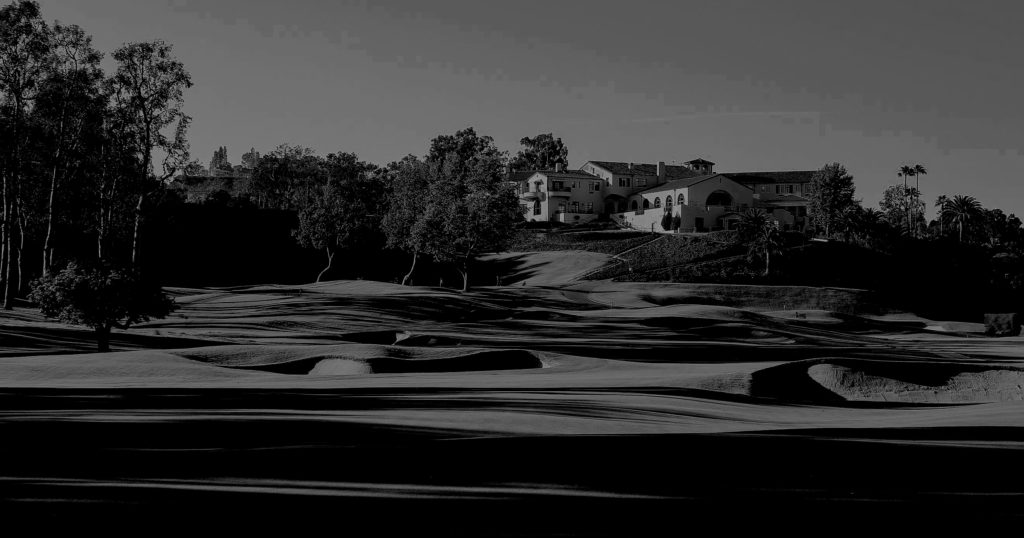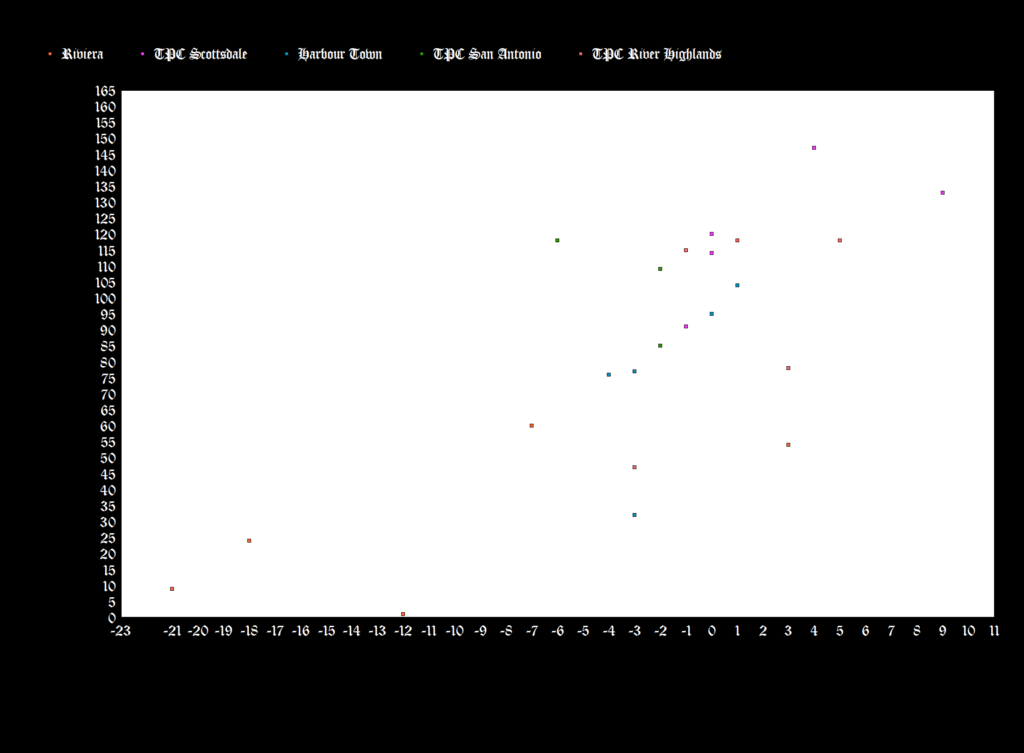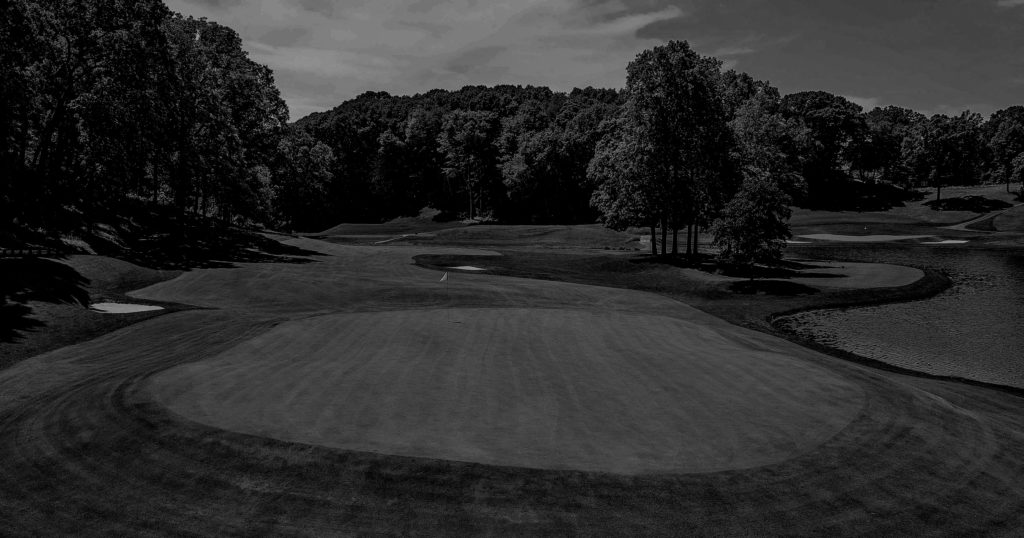If you do any research into the Genesis Open, you will meet more articles on honest architecture than perhaps any other tournament. It’s deserved. Pine Valley, Augusta National and Cypress Point tend to be the go-to answers when ranking American golf courses…but those layouts are fortunate to have the “ambience”—as Golf Digest labels it—that comes from unsullied treelines and Pacific Coasts. Riviera suffers in rankings as a result of the surrounding Los Angeles real estate…but it may be the best course in the country based on design alone.
That is an argument for another day. But, if you were going to make it, No. 10 would be at the top of the evidence list. Many cite it as one of, if not the single best short Par 4 in the world. At 315 yards, the competition can absolutely reach the green. But will they try?
Tom Weiskopf—a guy who guarantees at least one drivable Par 4 on every course he designs—has listed No. 10 among his favorite “short Par 4s.” But that doesn’t mean he thinks it’s drivable. “No one ever drives it,” being an actual quote.
If it’s not drivable, can it actually be one of the best short Par 4s ever? Absolutely. At 315 yards, it’s not even necessarily an easy par for the pros. Laying up too far right of the left-encroaching cross bunker leads to a pitch over another bunker, guarding a green sloping away from the approach. Attempting to drive the green brings several green-level bunkers into play. Anyone with any sort of grasp on golf architecture would presumably be forced to admit, especially after playing it (call us), that it is a masterclass on Par 4 design.
But that doesn’t mean it makes for good television.
As the recent Super Bowl indicates, America does not like low-scoring affairs. Which suggests that No. 10 might have too defensive an attitude for TV. Based on complaints about Shinnecock’s U.S. Open, and ratings for The PLAYERS Championship—the highest-viewed non-major—we can assume that people enjoy a touch of scoring. On the other hand, even Kawhi Leonard is grossed out by the NBA All-Star Game’s unchecked offense. The goal then, for a short Par 4 on the tour, is to be the ‘95 World Series; a combo of the Cleveland Indians’ potential for runs—Albert Belle, Jim Thome, Manny Ramirez, Kenny Lofton—checked against the Braves’ stone-cold pitching rotation—Greg Maddux, John Smoltz, and Tom Glavine.

We aimed to find out how that bizarre allusion could be applied to the Tour.
No. 10 at Riviera might be too much of the latter, without enough of the former. We selected four other short Par 4s that make annual appearances on tour, and developed a formula*** for testing which hole actually makes for the best fan experience, using those holes’ stats from 2014-’18. In short, which kept things interesting by offering the best balance of risk and reward?
Obviously this factored in the number of eagles surrendered, but we made sure to ratio it against the number of doubles and even triples it forces; too many eagles without significant kickback for failure is potentially even more “meh” than straight defense. We also considered the ratio of birdies-to-bogeys as part of our algorithm, but gave it less weight than eagles/doubles; if the players approach a short Par 4 as a “birdie” hole instead of an “eagle” hole, the suspense off the teebox lowers considerably.
If the hole scored between 0 and 2, we labeled it as “too conservative.” More than 7 is just too easy to be taken seriously. Between 4.5 and 7 is onto something, but still a little too easy. We set 2 to 4.5 as the “sweet spot,” a place where holes were giving up enough points as to not scare away aggressive golfers, but punishing accordingly those who failed. Although it isn’t a Par 4, Augusta’s “Golden Bell” offers the admirable tension we’re looking for.
*** Although we got an ‘A’ in Stats 201 and worked quite frequently with them as a big-people-journalist, we’re not Nate Silver. There are obvious flaws in our system. A, five years of numbers might not actually be a big enough sample size. B, course conditions any given year will have an obvious impact on scores for any given hole. Third, what constitutes “best” is totally objective. Personally, we love low-score, stringent courses—just look at our URL—but most will disagree. Guessing what the “ideal” tournament score is for the American audience is totally subjective.

Our contestatants:
- NO. 10 @ RIVIERA
- NO. 17 @ TPC SCOTTSDALE (332 yards): One of Tom Weiskopf’s aforementioned shorts. A big green, fairway bunker and surrounding lagoon make it a standout hole during the Wastewater Management Open.
- NO. 9 @ HARBOUR TOWN (332 yards): A “boomerang” green can be tempting for big drivers, depending on flag position. A big fronting bunker might suggest looking elsewhere for eagles during the RBC Heritage.
- NO. 17 @ TPC SAN ANTONIO (347 yards): Greg Norman’s contribution is just barely drivable. But no matter how inviting the relatively wide fairway or intimidating the stretching left from the green…some dudes just need to go for it. (NOTE: We could not find stats for either 2015 or 2016 for this hole. Sorry).
- NO. 15 @ TPC RIVER HIGHLANDS (298 yards): It’s ironic that this is Pete Dye’s second entry among our five. He has professed his indifference to drivable Par 4s, and this one, at less than 300 yards, is the most drivable of all. It also features a lake on the left of the green.
Here’s the data for the 23 tournaments we examined, plotted along the X-axis as eagles-vs-double bogey+, and along the y-axis as birdies vs. bogeys. (It’s a crappy scatter plot because it’s been a while since we worked strenuously with Excel. See? There are young people who like golf).

As we predicted, Riviera played tough. Even if a short Par 4 isn’t coughing up eagles, we generally expect to play below par. Not No. 10. It actually played over par for three of the years in our range. The most brutal came during the 2014-’15 stretch, when it offered up 5 eagles to lucky winners, as well as 36 double bogeys and 8 scores of at least three-over.
The others played a bit less consistently, although there are trends to note. No. 9 at Harbour Town spent 2014-’16 playing on the defensive side, when suddenly eagles “spiked.” The past two years have seen three-times as many as the previous three years combined. Granted, it’s still not a huge number, but considering how many birdies No. 9 gives away to wiser players, it has made the hole a much cake-ier walk as of late. Not nearly as cake-y as No. 17 at Scottsdale, however. Although the Wastewater standby reached an ideal ratio during 2016—3 eagles to 4 doubles—it has slipped into NBA All-Star Game status the past two years. During 2017, that same ratio was 7-to-3, and then during 2018 it grew to 10-to-1. Considering the absurd numbers of birdies it gives away any given year…No. 17 is hardly the Hitchcockian suspense that a short Par 4 should be.
No. 17 at San Antonio has certainly showed promise; such as when it offered 5 eagles up for 7 doubles during 2017 during the Valero Texas Open. Conditions must have played a role, as the 347-yarder has allowed just 1 eagle for both of the other years we examined.
Interestingly, No. 15 at TPC River Highlands has landed in the “sweet spot” four times during the past five Travelers Championships, despite also being the shortest hole examined. This makes it the runaway pick for “most fun to watch” (again: subjective) hole among those considered for this post. The low distance certainly reflected in the number of greens attempted. With 45 eagles over the past five years, it beat even cakewalk Scottsdale by 15. At the same time, it trailed only Riviera in terms of doubles+ suffered. That’s a lot of success, and a lot of failure. And damn good television.

So what about Dye’s design guaranteed these results? In a sense, he borrowed a lot of philosophy from the famous island green at TPC Sawgrass (Alice’s idea, of course): “Do it…or die trying.”
There’s a lay-up option, but it’s woeful…a 35 yard x 35 yard square in front of the green. The rest of the fairway is pinched in by fairway bunkers on the left side. At this point, there’s almost no reason to lay up. And that’s the point. The Highlands green is also raised, with just enough slope off the left side to guide cutting tee shots to their doom. That rise also makes it a trickier up-and-down. Scottsdale’s No. 17 has almost twice as much green space to play with…less reasons to risk the left side when you can try putting from the right.
Dye’s Par 4 at TPC River Highlands is a very well-designed hole for its purpose…which is “screwing with professionals.” Is it fair for amateurs? Like the island, we would argue “no”; and that’s why Riviera’s No. 10 among the best in the world for its subgenre. Even you can birdie it if you play it right.
But No. 15 at Highlands is much better TV.
Did we miss one? Complain about it @BPBlackMetal on Twitter, or @BethpageBlackMetal on Instagram. You can review all the scores from our academically-questionable formula below.
